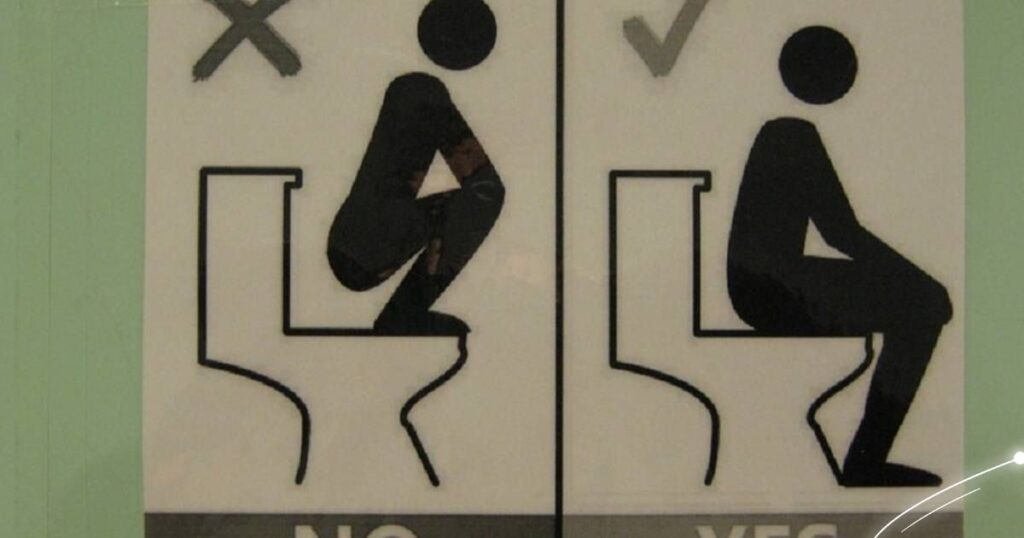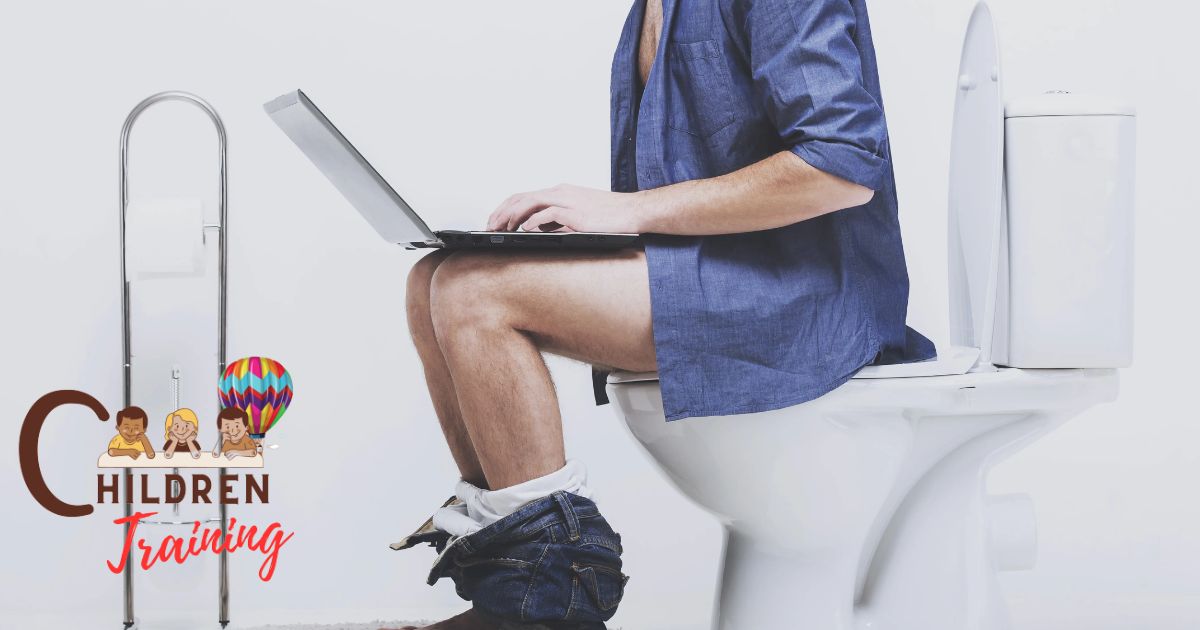Understanding when a child is ready for toilet training is a common concern for parents. Recognizing the signs and cues is crucial in ensuring a smooth and successful transition.
Discover the indicators signaling a child’s readiness for toilet training. Explore the key milestones and practical tips for navigating this developmental stage with confidence.
When a child demonstrates interest in the toilet, stays dry for longer periods, and expresses discomfort in soiled diapers, it may be a cue that they are ready for toilet training. By observing and responding to these signs, parents can embark on a positive and effective toilet training journey.
Recognizing Signs of Toilet Readiness

Recognizing signs of toilet readiness is crucial for a successful transition. Look for cues such as increased interest in the bathroom, expressing discomfort with soiled diapers, and staying dry for more extended periods. These indicate your child may be ready for the next step in toilet training. It’s helpful to pay attention to your child’s cues and behaviors to understand “When He Does The Toilet Thing?” and respond to their needs accordingly.
Watch for cues like your child imitating family members using the toilet, showing curiosity about the bathroom, or displaying a desire for independence. When these signs align, it’s an opportune time to introduce A toilet can be a thing of aspiration. Patience and positive reinforcement are key to creating a supportive environment for your child during this developmental milestone.
Interest and Curiosity in Toilet Training
When a child begins showing interest in the toilet, it’s a positive sign of readiness for toilet training. They may ask questions, observe others, or express curiosity about the process, signaling a natural inclination to understand and participate in this developmental milestone.
Encourage their curiosity by introducing them to the concept of using the toilet. Make it a positive experience by using child-friendly language, letting them flush the toilet, and providing a step stool for independence. This early interest lays a foundation for a smoother and more successful toilet training journey.
Extended Dry Periods as a Cue
Extended dry periods can be a clear indicator that a child is ready for toilet training. If you notice your child’s diaper staying dry for more extended intervals, it suggests increased bladder control, a key readiness cue.
When a child can go for longer periods without wetting their diaper, it indicates growing physical readiness for toilet training. Seizing this opportunity to introduce the concept of using the toilet can lead to a smoother and more successful transition to independent toileting habits.
Expressing Discomfort with Soiled Diapers

When your child starts expressing discomfort with soiled diapers, it might be a sign they’re ready for toilet training. Pay attention to verbal or non-verbal cues, as discomfort indicates an awareness of bodily sensations and a potential readiness to transition to using the toilet.
Encourage this awareness by gently introducing the concept of using the toilet and praising them when they express discomfort. Making the connection between discomfort and the need for a clean, dry environment helps create positive associations with toilet training, making the process smoother for both parents and the child.
Timing and Developmental Milestones
Understanding the right timing for toilet training is essential. Most children show readiness between 18 and 24 months, but individual variations exist. Developmental milestones, such as improved motor skills and communication, play a role, indicating when a child might be ready for this significant step in their development. If you find yourself questioning the appropriate time to transition, resources like What Age To Stop Using Potty Seat? can offer guidance tailored to your child’s unique needs.
Keep an eye on your child’s cues—expressing interest in the toilet, attempting to pull down pants, or displaying awareness of bodily functions. Patience is key; initiating toilet training when your child is physically and emotionally ready ensures a smoother and more successful experience for both parent and child.
Practical Tips for Effective Toilet Training
Toilet training can be a smoother process with practical tips. Establish a routine, encouraging your child to use the toilet regularly. Use positive reinforcement, such as praise or small rewards, to create a positive association with the toilet.
Ensure your child has easy access to the toilet and comfortable clothing that they can manage independently. Be patient and supportive, acknowledging each success and remaining calm during accidents. Consistency is key; make toilet time a positive and routine part of your child’s day to foster confidence and success in their toilet training journey.
Creating a Positive Toilet Training Environment

Establishing a positive environment is crucial for successful toilet training. Begin by introducing a child-friendly potty and explaining its purpose. Encourage curiosity and interest in the process, making the experience a positive and engaging one.
Consistency is key in creating a positive routine. Set regular toilet times, celebrate small achievements, and provide positive reinforcement. Patience and understanding are vital as children navigate this new skill. By fostering a supportive and encouraging atmosphere, parents can ensure a positive toilet training experience for their little ones.
FAQs
How do I recognize signs that my child is ready for toilet training?
Look for interest in the toilet, extended dry periods, and expressions of discomfort with soiled diapers.
What cues indicate a child’s curiosity and interest in toilet training?
Children may show curiosity by asking questions about the toilet or showing interest in watching others use it.
How can extended dry periods be a cue for toilet readiness?
If your child stays dry for longer periods, it may indicate bladder control, a positive sign of toilet training readiness.
What does it mean if my child expresses discomfort with soiled diapers?
Expressing discomfort can show an awareness of bodily sensations, indicating readiness to transition to using the toilet.
Any practical tips for creating a positive toilet training environment?
Introduce a child-friendly potty, explain its purpose, set consistent toilet times, celebrate achievements, and provide positive reinforcement for a supportive and positive environment.
What is that toilet thing?
Bidets are on the rise in the U.S. for post-toilet cleaning. Freestanding ones need plumbing, but bidet seats and handheld sprayers are easy to install, saving bathroom space.
Conclusion
recognizing a child’s readiness for toilet training involves observing cues like interest, extended dry periods, and expressions of discomfort. Creating a positive environment with a child-friendly approach, consistency, and encouragement ensures a successful and stress-free toilet training journey.
By responding to these cues and fostering a supportive atmosphere, parents can guide their children through this developmental milestone with patience and understanding. The key is to make the process engaging and positive, celebrating small achievements and maintaining consistency to ensure a smooth transition to successful toilet training.










